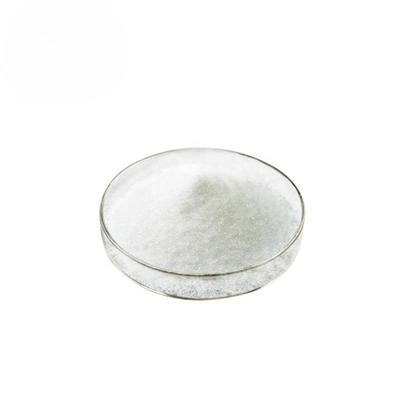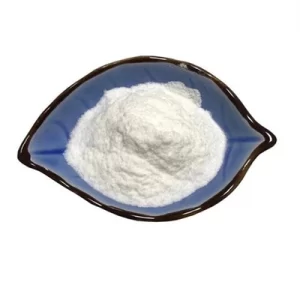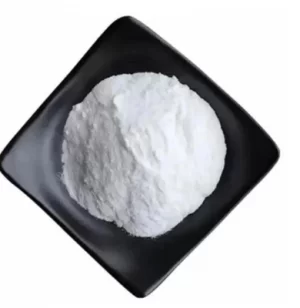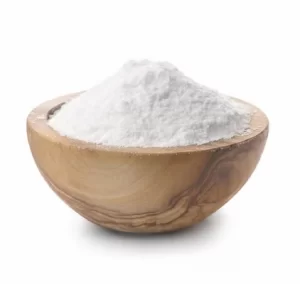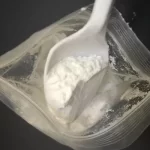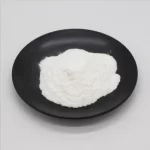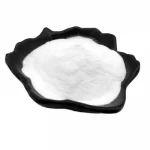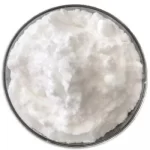Description
Estrogen High Quality Betamethasone Cas 378-44-9 For Anti Allergy
Description
| Cas: | 378-44-9 | MF: | C22H29FO5 |
|---|---|---|---|
| MW: | 392.47 | EINECS No.: | 206-825-4 |
| Melting Point: | 235-237°C | Boiling Point: | 568.2±50.0 °C(Predicted) |
| Appearance: | Powder | Density: | 1.1283 (estimate) |
| High Light: |
Betamethasone Cas 378-44-9, Anti Allergy Betamethasone, Estrogen Betamethasone |
||
Estrogen High Quality Betamethasone cas.378-44-9 for anti-allergy
Product introduction
| Product name | Betamethasone |
| CAS No. | 378-44-9 |
| MF | C22H29FO5 |
| MW | 392.47 |
| EINECS No. | 206-825-4 |
| Melting Point | 235-237°C |
| Boiling Point | 568.2±50.0 °C(Predicted) |
| Appearance | powder |
| Density | 1.1283 (estimate) |
WHAT IS BETAMETHASONE AND HOW DOES IT WORK?
Betamethasone is a prescription medication use to treat conditions such as allergic reactions, dermatologic disease, endocrine disorders, gastrointestinal disease, hematologic disorders, neoplastic disease, ophthalmic diseases, renal diseases, rheumatic disorders, and disorders affecting the nervous system.
Betamethasone is available under the following different brand names: Celestone, Celestone Soluspan, Betaject, and Betamethasone IM/PO.
Other uses:
Adrenal insufficiency, conditions treated with immunosuppression, corticosteroid-responsive dermatoses
Off-label: prophylaxis of neonatal respiratory distress syndrome
Various autoimmune diseases, collagen vascular disease, allergic states, hypersensitivity reactions, respiratory disease, hematologic disorders, neoplastic disease, ophthalmic disorders, edematous states, gastrointestinal disease, and nervous system disorders. Also used in bacterial meningitis, acute mountain sickness, Graves’ ophthalmopathy, severe alcoholic hepatitis, hirsutism, septic shock, spinal cord injury, and antiemetics
Drug effect
⑴ non-steroidal anti-inflammatory analgesics can enhance its ulcer-causing effect.
⑵ can enhance the hepatotoxicity of acetaminophen.
(3) Combination with amphotericin B or carbonic anhydrase inhibitor can aggravate hypokalemia. Long-term combination with carbonic anhydrase inhibitor is prone to hypocalcemia and osteoporosis.
⑷ Combined use with anabolic hormones can increase the incidence of edema and aggravate acne.
⑸ Long-term combined use with anticholinergic drugs (such as atropine) can cause increased intraocular pressure.
⑹ tricyclic antidepressants can make the mental symptoms caused by aggravation.
⑺ When used in combination with hypoglycemic drugs such as insulin, the dose of hypoglycemic drugs should be adjusted appropriately because it can increase the blood sugar of diabetic patients.
⑻ Thyroid hormone can increase its metabolic clearance rate, so thyroid hormone or anti-thyroid drugs should be used in combination with it, and the dosage of the latter should be adjusted appropriately.
⑼ Combined use with contraceptives or estrogen preparations can enhance its therapeutic effect and adverse reactions.
⑽ Combination with cardiac glycosides can increase the occurrence of digitalis toxicity and cardiac arrhythmia.
⑾ Combined use with potassium-scavenging diuretics can cause severe hypokalemia and weaken the natriuretic effect of diuretics due to water and sodium retention.
⑿ Combined use with ephedrine can enhance its metabolic clearance.
⒀ Combined use with immunosuppressive agents can increase the risk of infection and may induce lymphoma or other lymphoproliferative diseases.
⒁ It can increase the metabolism and excretion of isoniazid in the liver, and reduce the plasma concentration and curative effect of isoniazid.
⒂ It can promote the metabolism of mexiletine in the body and reduce the blood concentration.
⒃ In combination with salicylate, the concentration of plasma salicylate can be reduced.
⒄ In combination with growth hormone, it can inhibit the growth-promoting effect of the latter.

